APC 2010 Annual Report Download - page 136
Download and view the complete annual report
Please find page 136 of the 2010 APC annual report below. You can navigate through the pages in the report by either clicking on the pages listed below, or by using the keyword search tool below to find specific information within the annual report.-
 1
1 -
 2
2 -
 3
3 -
 4
4 -
 5
5 -
 6
6 -
 7
7 -
 8
8 -
 9
9 -
 10
10 -
 11
11 -
 12
12 -
 13
13 -
 14
14 -
 15
15 -
 16
16 -
 17
17 -
 18
18 -
 19
19 -
 20
20 -
 21
21 -
 22
22 -
 23
23 -
 24
24 -
 25
25 -
 26
26 -
 27
27 -
 28
28 -
 29
29 -
 30
30 -
 31
31 -
 32
32 -
 33
33 -
 34
34 -
 35
35 -
 36
36 -
 37
37 -
 38
38 -
 39
39 -
 40
40 -
 41
41 -
 42
42 -
 43
43 -
 44
44 -
 45
45 -
 46
46 -
 47
47 -
 48
48 -
 49
49 -
 50
50 -
 51
51 -
 52
52 -
 53
53 -
 54
54 -
 55
55 -
 56
56 -
 57
57 -
 58
58 -
 59
59 -
 60
60 -
 61
61 -
 62
62 -
 63
63 -
 64
64 -
 65
65 -
 66
66 -
 67
67 -
 68
68 -
 69
69 -
 70
70 -
 71
71 -
 72
72 -
 73
73 -
 74
74 -
 75
75 -
 76
76 -
 77
77 -
 78
78 -
 79
79 -
 80
80 -
 81
81 -
 82
82 -
 83
83 -
 84
84 -
 85
85 -
 86
86 -
 87
87 -
 88
88 -
 89
89 -
 90
90 -
 91
91 -
 92
92 -
 93
93 -
 94
94 -
 95
95 -
 96
96 -
 97
97 -
 98
98 -
 99
99 -
 100
100 -
 101
101 -
 102
102 -
 103
103 -
 104
104 -
 105
105 -
 106
106 -
 107
107 -
 108
108 -
 109
109 -
 110
110 -
 111
111 -
 112
112 -
 113
113 -
 114
114 -
 115
115 -
 116
116 -
 117
117 -
 118
118 -
 119
119 -
 120
120 -
 121
121 -
 122
122 -
 123
123 -
 124
124 -
 125
125 -
 126
126 -
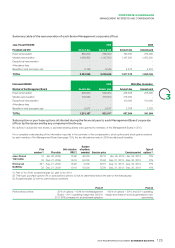 127
127 -
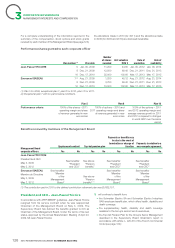 128
128 -
 129
129 -
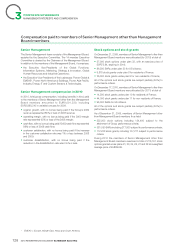 130
130 -
 131
131 -
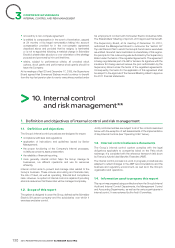 132
132 -
 133
133 -
 134
134 -
 135
135 -
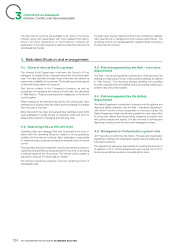 136
136 -
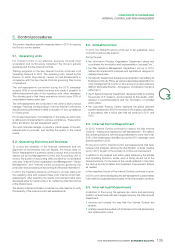 137
137 -
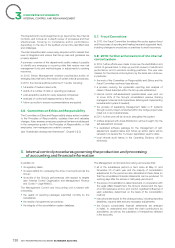 138
138 -
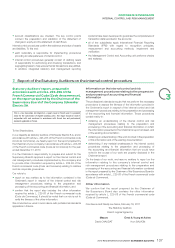 139
139 -
 140
140 -
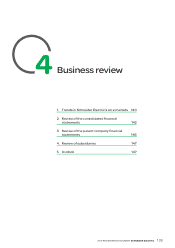 141
141 -
 142
142 -
 143
143 -
 144
144 -
 145
145 -
 146
146 -
 147
147 -
 148
148 -
 149
149 -
 150
150 -
 151
151 -
 152
152 -
 153
153 -
 154
154 -
 155
155 -
 156
156 -
 157
157 -
 158
158 -
 159
159 -
 160
160 -
 161
161 -
 162
162 -
 163
163 -
 164
164 -
 165
165 -
 166
166 -
 167
167 -
 168
168 -
 169
169 -
 170
170 -
 171
171 -
 172
172 -
 173
173 -
 174
174 -
 175
175 -
 176
176 -
 177
177 -
 178
178 -
 179
179 -
 180
180 -
 181
181 -
 182
182 -
 183
183 -
 184
184 -
 185
185 -
 186
186 -
 187
187 -
 188
188 -
 189
189 -
 190
190 -
 191
191 -
 192
192 -
 193
193 -
 194
194 -
 195
195 -
 196
196 -
 197
197 -
 198
198 -
 199
199 -
 200
200 -
 201
201 -
 202
202 -
 203
203 -
 204
204 -
 205
205 -
 206
206 -
 207
207 -
 208
208 -
 209
209 -
 210
210 -
 211
211 -
 212
212 -
 213
213 -
 214
214 -
 215
215 -
 216
216 -
 217
217 -
 218
218 -
 219
219 -
 220
220 -
 221
221 -
 222
222 -
 223
223 -
 224
224 -
 225
225 -
 226
226 -
 227
227 -
 228
228 -
 229
229 -
 230
230 -
 231
231 -
 232
232 -
 233
233 -
 234
234 -
 235
235 -
 236
236 -
 237
237 -
 238
238 -
 239
239 -
 240
240 -
 241
241 -
 242
242 -
 243
243 -
 244
244 -
 245
245 -
 246
246 -
 247
247 -
 248
248 -
 249
249 -
 250
250 -
 251
251 -
 252
252 -
 253
253 -
 254
254 -
 255
255 -
 256
256 -
 257
257 -
 258
258 -
 259
259 -
 260
260 -
 261
261 -
 262
262 -
 263
263 -
 264
264 -
 265
265 -
 266
266 -
 267
267 -
 268
268 -
 269
269 -
 270
270 -
 271
271 -
 272
272 -
 273
273 -
 274
274 -
 275
275 -
 276
276 -
 277
277 -
 278
278 -
 279
279 -
 280
280 -
 281
281 -
 282
282 -
 283
283 -
 284
284 -
 285
285 -
 286
286 -
 287
287 -
 288
288 -
 289
289 -
 290
290 -
 291
291 -
 292
292
 |
 |

CORPORATE GOVERNANCE
3INTERNAL CONTROL ANDRISKMANAGEMENT
The Key Internal Controls are available to all units on the Group
intranet, along with appendices with more detailed information,
links to full policy descriptions on the Functions’ intranets, an
explanation of the risks covered by each Key Internal Control and a
self-assessment guide.
For each cycle, the Key Internal Controls cover compliance, reliability,
risk prevention and management and process performance. The
operating units fi ll out self-assessment questionnaires concerning
the Key Internal Controls.
4. Risk identification and management
4.1. General risks at the Group level
The Internal Audit Department interviews the Group’s 40 top
managers to update the list of general risks at the Group level each
year. The risks identifi ed through these interviews are ranked by
impact and probability of occurrence. The threat/opportunity aspect
of each risk is also taken into account.
Risk factors related to the Company’s business, as well as
procedures for managing and reducing those risks, are described
in “Risk Factors.” These procedures are an integral part of the internal
control system.
When drawing up the Internal Audit plan for the coming year, team
members look closely at the risk matrix and the analysis of changes
from one year to the next.
More than half of the major and general risks identifi ed at end-2009
were addressed in audits carried out between 2008 and 2010 to
assess action plans for managing and reducing risks.
4.2. Operating risks at the unit level
Operating risks are managed fi rst and foremost by the units in
liaison with the Operating Divisions, based on Group guidelines
(notably the Key Internal Controls). Each subsidiary is responsible
for implementing procedures providing an adequate level of internal
control.
The Operating Divisions implement cross-functional action plans for
operating risks identifi ed as being recurrent in the units or as having
a material impact at the Group level. The internal control system is
adjusted to account for these risks as needed.
The Group’s insurance programs cover the remaining portion of
transferable risks.
4.3. Risk management by the Risk – Insurance
Department
The Risk – Insurance Department contributes to internal control by
defi ning and deploying a Group-wide insurance strategy, as defi ned
in “Risk Factors.” The insurance strategy identifi es and quantifi es
the main insurable risks and defi nes and recommends measures to
prevent risks and protect assets.
4.4. Risk management by the Safety
Department
The Safety Department contributes to internal control by defi ning and
deploying safety strategies. Like the Risk – Insurance Department,
with which it works in close cooperation on recovery issues, the
Safety Department helps identify and quantify the main risks within
its scope and defi nes and recommends measures to prevent risks
and protect people and assets. It is also involved in defi ning and
deploying business continuity and crisis management plans.
4.5. Management of information system risks
An IT Security unit within the Information, Process and Organisation
Department defi nes and implements specifi c security measures for
information systems.
This Department was given responsibility for auditing the security of
IT systems in 2010. Its fi rst assignments were carried out in 2010;
its recommendations resulted in remedial action plans.
2010 REGISTRATION DOCUMENT SCHNEIDER ELECTRIC134
